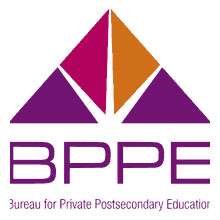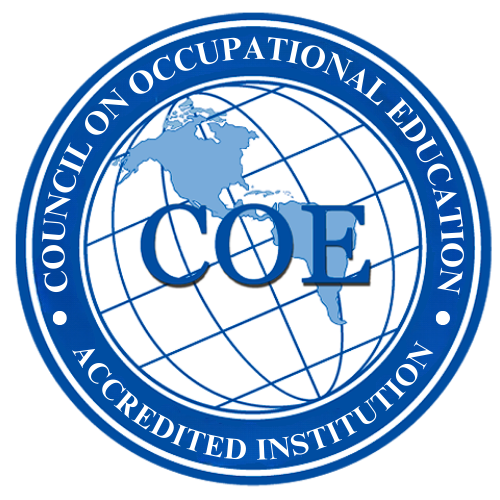Massage Therapy Program
The growing interest in holistic and wellness-oriented health care has catapulted massage therapy into a respected and desired profession worldwide. As individuals seek alternatives to traditional medication, massage therapy programs have gained traction, offering paths to rewarding careers that emphasize holistic health, physical wellness, and human connection.
Understanding the intricacies of these programs is crucial for anyone aspiring to enter this field. This article will guide you through the essentials of massage therapy programs, delving into accreditation, coursework, technique types, and career opportunities.
What is a Massage Therapy Program?
A massage therapy program is an educational course designed to prepare students for a career as certified massage therapists. These programs provide comprehensive training in various massage techniques, anatomy, physiology, ethics, client communication, and business management.
Upon successful completion, graduates are often required to pass certification exams to practice professionally. Programs vary in length, typically ranging from several months to two years, depending on the depth and breadth of the curriculum.
Accreditation and Reputation of the Institution
Selecting a massage therapy program with proper accreditation is vital. Accreditation ensures that the program meets national and regional educational standards, which are necessary for eligibility to take certification exams and obtain licensing.
Prospective students should consider programs accredited by recognized bodies, like the Commission on Massage Therapy Accreditation (COMTA). The institution’s reputation, influenced by alumni success rates and industry partnerships, also plays a significant role in delivering quality education.
Course Curriculum and Training
Massage therapy programs boast a diverse curriculum designed to provide students with both theoretical knowledge and practical skills. Key components include:
Anatomy and Physiology: Understanding the human body is crucial for effective massage therapy. Courses cover muscular, skeletal, and circulatory systems to ensure students can identify and address muscular imbalances and tensions.
Hands-on Practice and Clinical Training: Practical experience is integral, offering students real-world application of their learned techniques under guided supervision.
Ethics and Client Communication: Moral and effective client interactions are paramount in building trust and delivering quality service. Programs emphasize the importance of professional ethics.
Types of Massage Therapy Techniques Covered
Different programs offer training in a variety of massage techniques. Here are some common techniques:
Swedish Massage: Often considered the foundation, this technique involves long, flowing strokes designed to relax the entire body.
Deep Tissue Massage: Focused on relieving severe tension, it involves applying deep pressure to chronic muscle problems.
Sports Massage: Emphasizes prevention and treatment of athletic injuries. It benefits both professional athletes and fitness enthusiasts.
Reflexology and Other Specialized Techniques: Reflexology involves applying pressure to specific points on the feet, hands, and ears, purported to affect other parts of the body. Programs may also offer specialized courses in prenatal massage, craniosacral therapy, and more.
Choosing the Right Massage Therapy Program
Choosing the ideal massage therapy program involves considering several factors. Interested individuals should evaluate program accreditation status, curriculum comprehensiveness, faculty expertise, and available resources, including career placement services. Visiting campuses, attending open houses, and speaking with current students and alumni can provide insight into the program environment.
Certification and Licensing Requirements
Upon completing a massage therapy program, graduates must obtain certification and licensing to legally practice. Certification typically involves passing a national or state examination, such as the Massage & Bodywork Licensing Examination (MBLEx). Licensing requirements vary by state, underscoring the importance of understanding jurisdiction-specific requisites.
Career Opportunities After Completion
Massage therapy offers diverse career paths across various settings:
Spa and Wellness Centers: These establishments cater to clients seeking relaxation and stress reduction through therapeutic massages.
Chiropractic Clinics and Hospitals: Collaborations with healthcare providers allow therapists to assist in patient rehabilitation and pain management.
Sports Teams and Fitness Centers: Working with athletes to prevent injuries and enhance performance offers an exciting environment for sports massage therapists.
Starting a Private Practice: This venture requires entrepreneurial skills but allows therapists to tailor their services and client experiences.
Cost and Financial Aid Options
The cost of massage therapy programs varies significantly based on program length, location, and facility resources. Tuition can range from a few thousand dollars to over ten thousand dollars. Financial aid options, including scholarships, loans, and grants, are available to assist students in managing education expenses. Prospective students should consult financial aid offices and explore options like the Free Application for Federal Student Aid (FAFSA).
Job Placement Support
Institutions that provide robust job placement support demonstrate a commitment to student success beyond graduation. Support may include resume workshops, networking events, and direct connections with employers in the health and wellness sector. A strong job placement record can significantly influence a program’s reputation and attract prospective students.
Conclusion
Embarking on a career in massage therapy is both a noble and fulfilling pursuit, offering the opportunity to promote health and wellness in a holistic manner. A structured massage therapy program is the first critical step on this journey, equipping aspiring therapists with the necessary skills and knowledge.
By carefully evaluating program options, understanding accreditation and licensing requirements, and leveraging job support resources, prospective students can position themselves for a successful and rewarding career in massage therapy. The hands-on experiences, coupled with academic rigor, open doors to a plethora of career opportunities across varying health and wellness domains.



